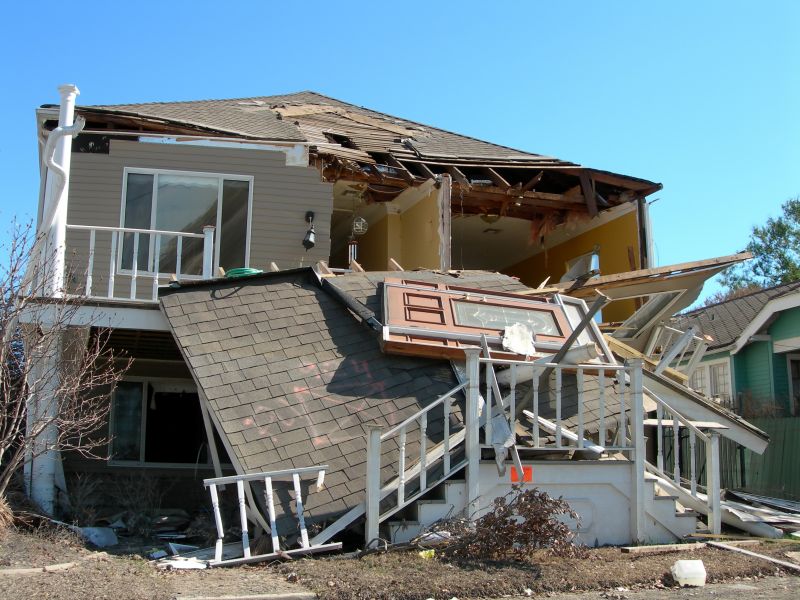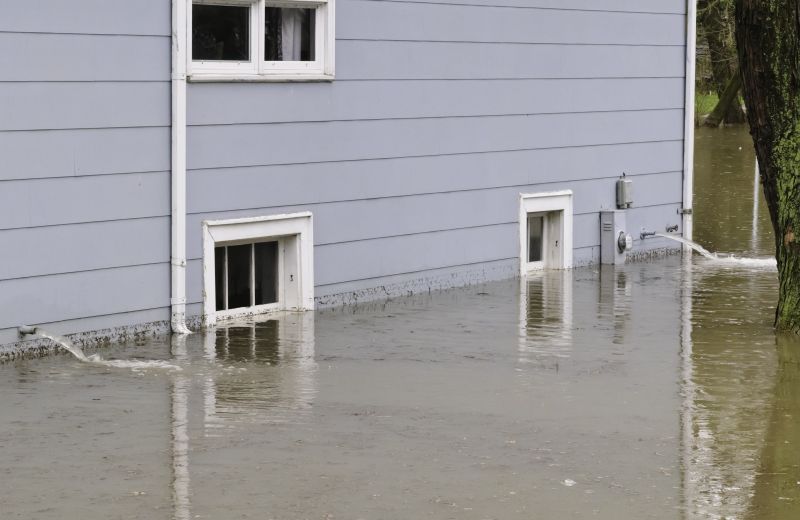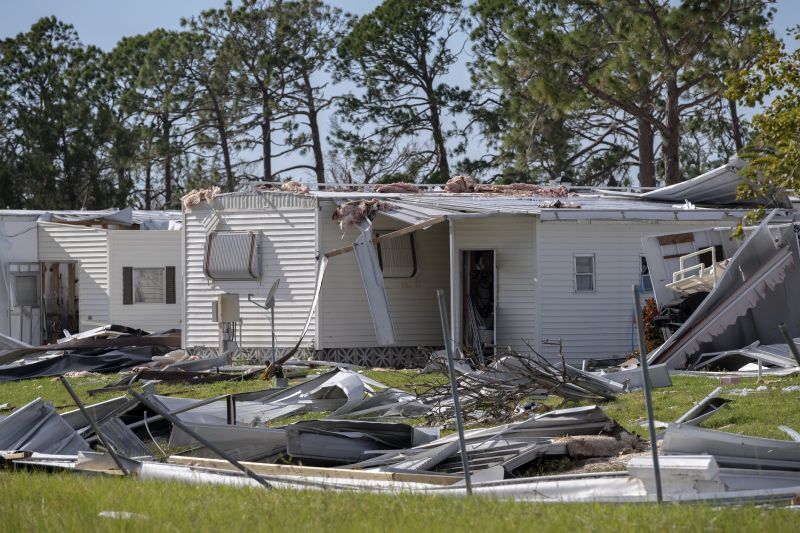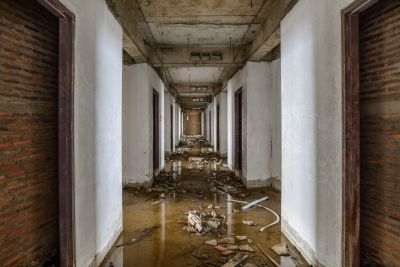Optimal Timing for Storm Restorations
Storm restorations are most effective when performed promptly after a storm event to minimize further damage and prevent structural deterioration. The optimal timing depends on weather patterns, seasonal conditions, and local climate factors. Generally, the period immediately following a storm offers the best window for repairs and restoration efforts.
Conducting inspections soon after a storm helps identify damage early and plan effective restoration.
Spring and summer often present favorable conditions for storm restorations due to milder weather.
Waiting for periods of stable weather reduces delays and ensures safety during restoration work.
Being prepared to respond immediately after storms can reduce repair costs and prevent secondary damages.

Visual inspection of roof and exterior damage after a storm.

Temporary fixes to prevent further damage during storm recovery.

Workers repairing roof and siding after storm damage.

Finished repairs restoring property integrity and appearance.
| Season | Advantages for Storm Restorations |
|---|---|
| Spring | Mild weather allows for efficient repairs and less weather-related delays. |
| Summer | Longer daylight hours facilitate extended work periods. |
| Fall | Cooler temperatures help in working conditions, but early storms may require urgent response. |
| Winter | Limited window due to snow and cold, best for emergency or quick repairs. |
Storm restorations involve repairing or replacing damaged structures caused by severe weather events. These efforts are crucial to maintaining property safety, preventing secondary damages, and restoring the property's original condition. Timely restoration can also help prevent further deterioration and reduce long-term costs associated with storm damage.
Statistics indicate that the majority of storm-related damages occur during specific seasons, with peak activity often in late spring and early summer. Prompt response and restoration during these times can significantly mitigate damage extent. Proper planning and awareness of seasonal weather patterns are essential for effective storm damage management.

Restoring roof and siding after storm impact.

Temporary measures to secure property post-storm.

Tools and machinery during storm repair projects.

Completed repairs restoring property integrity.
Individuals interested in storm restorations are encouraged to contact for assessments and planning. Prompt action can help ensure property resilience and safety following severe weather events.
